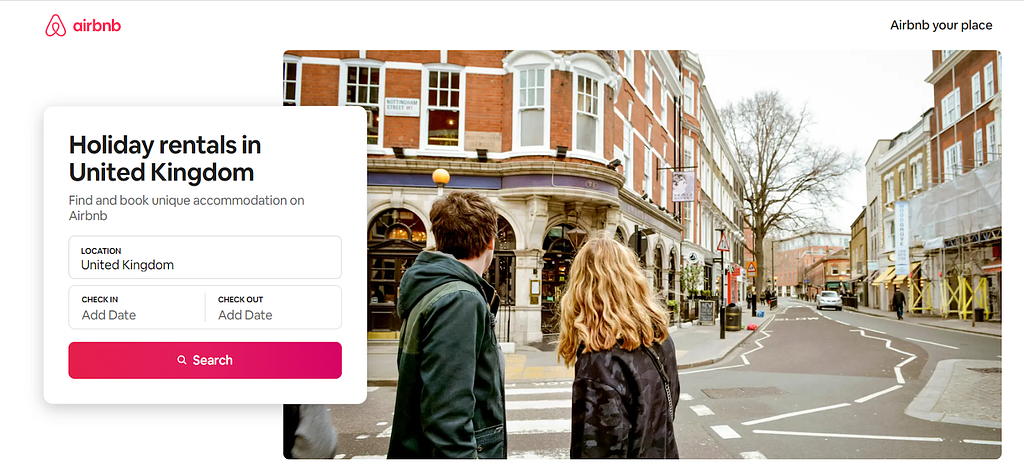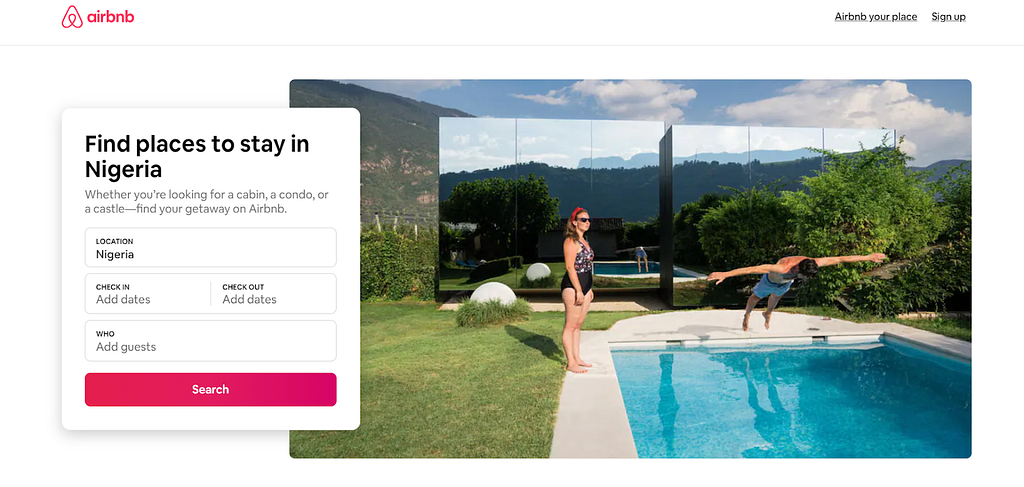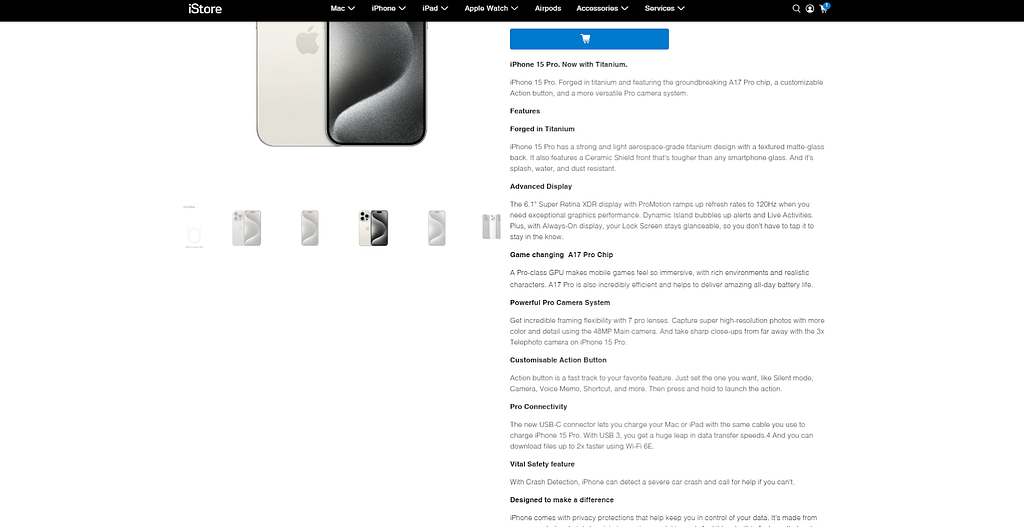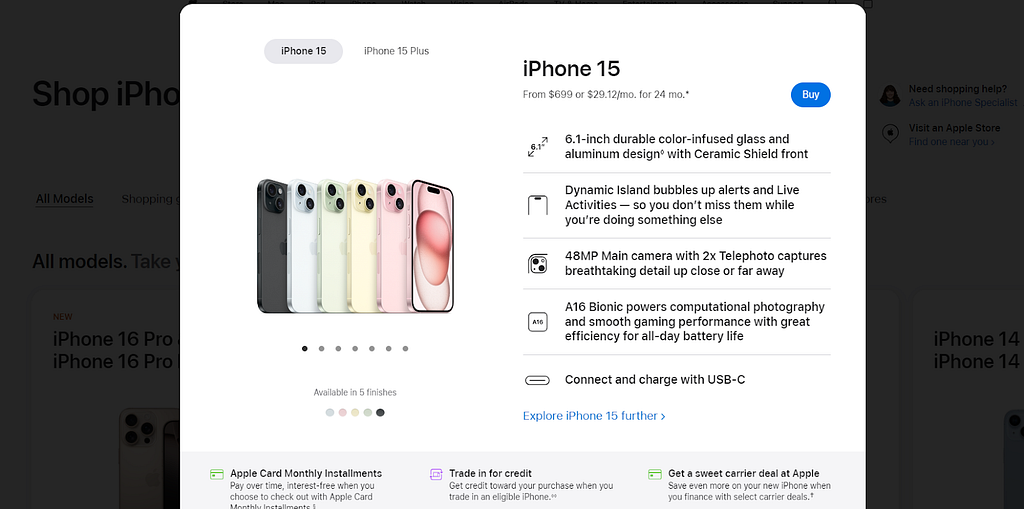A guide to crafting culturally sensitive UX content

I come from a culture where you must address your elders with a title as a sign of respect. Growing up, I called everyone “Uncle XYZ” or “Aunty ABC”, whether they were related to me or not. Even my school teachers were referred to as uncles and aunties. And in formal settings where throwing around family titles doesn’t cut it, “Ma” or “Sir” sufficed.
When I moved to a new country and heard my classmates casually call our principal — a man in his sixties — by his first name, my jaw dropped to the floor. Where I’m from, that’s a big enough offense to earn you a suspension.
This just shows how cultural norms shape communication. What’s appropriate in one culture can be perceived as rude in another. And this extends beyond face-to-face interactions — it applies to the digital realm as well. In UX design, content that doesn’t consider the users’ diverse cultural backgrounds can harm the user experience.
This article will discuss cultural sensitivity in UX writing and highlight practical ways to achieve it.
What is cultural sensitivity in UX writing?
Cultural sensitive UX copy respects and acknowledges the users’ diverse cultural backgrounds, values, and norms. It’s inclusive, appropriate, and non-offensive to people from different cultural contexts.
Of course, not everyone from a particular culture will adhere strictly to its norms. However, these key aspects of your copy can still be shaped by cultural differences:
Level of directness
A user’s culture can influence the level of directness they find appropriate. If a user is from a low-context culture (e.g. UK, Germany, and the USA), they’ll typically prefer a more direct and explicit communication style.

Users from a high-context culture (e.g. Nigeria and Japan), on the other hand, will be more receptive to an implicit communication style. They’re more comfortable with detailed and descriptive language where meaning is implied and can be understood through context, relationships, and shared experiences.

Humor
Culture significantly influences people’s sense of humor. What might be funny to a user from one culture, might fall flat — or even offend — someone from a different culture. So it’s important to consider users’ preferences when using jokes, puns, wordplay, playful illustrations, and even funny expressions like “Oops”.


Level of information detail
Culture can also influence the level of detail users prefer. While some users are satisfied with shorter, precise information, others require more details. It all comes down to how comfortable a culture is with uncertainty when making a decision.
If a user is from a high to moderate uncertainty avoidance culture (e.g. Greece, Japan, and Nigeria), they’re more likely to need detailed information before deciding.

Users from a low uncertainty avoidance culture, on the other hand, can make decisions without needing exhaustive information.

Formality
Culture can also influence the degree of formality or informality users expect. While an informal greeting like “Hi Rachel” would suffice in cultures with low power distance acceptance (e.g. Sweden and Denmark), some cultures might find it impolite.
In cultures with high power distance acceptance, a more formal greeting like “Good morning Miss Rachel”, might be more appropriate.
Now that we’ve looked at ways that culture affects our UX copy, let’s explore five tips for creating culturally sensitive UX copy.
How to make your UX copy culturally sensitive
1. Understand your target audience’s cultural context
Cultural sensitivity starts with research. You must understand your target audience’s cultural context to create appropriate content. This includes:
- Language nuances: Understand how your target audience uses language. Ensure that slang, idioms, humor, and colloquialisms are tailored to suit their cultural context.
- Communication style: Some cultures prefer direct communication, while others find a subtle approach more acceptable. Knowing what tone and style suits your target audience can help you create more culturally appropriate content.
- Customs and values: Social norms, traditions, and values differ by culture. Knowing what is acceptable in the culture you’re writing for can help you avoid unintentionally offending your audience.
2. Challenge your assumptions and biases
We all have our biases. Recognizing your cultural biases and assumptions prevents them from influencing how you write UX copy. To keep your biases in check, you should:
- Seek diverse input: Collaborate with people from different cultures and seek feedback from diverse sources.
- Question your beliefs: Regularly ask yourself how your beliefs, assumptions, and biases may influence the way you communicate.
3. Localize your content
The examples I shared from Airbnb, Spotify, and Apple, are great illustrations of how you can tweak the same content to suit the cultural context of various audiences. While all the UX copies are in English, they’re different for each region. This is what localization is all about. It’s about adapting your content to fit the linguistic nuances of the regions you’re targeting. This involves:
- Adjusting tone and style: What might be considered casual language in one region can be offensive in another region. Always tailor your tone to fit your target culture’s communication style.
- Adapting humor and reference: Sense of humor and cultural references differ across borders. Keep this in mind when writing for diverse audiences to ensure your content is relatable.
- Formatting styles: Date, time, and currency formats differ across regions. Be sure to follow the conventions of your target audience’s region.
4. Collaborate with experts from your target market
Instead of relying on assumptions or stereotypes, consider working with researchers and localization experts from your target market. Their insights will help ensure your content is culturally respectful and aligned with your audience’s needs.
5. Test for cultural sensitivity
Even after taking measures to ensure that your content is culturally sensitive, test it with your target audience. This can help you identify potential issues and misunderstandings and show where to make adjustments. You can test your copy by:
- Conducting usability testing: Recruit participants from diverse cultures during usability tests and observe how they interact with your content. Pay attention to whether the language, tone, and visuals resonate with them.
- Conducting A/B testing: If you’re not sure about certain aspects of your copy, use A/B tests to see how different culture groups respond to various versions.
Final words
Culture plays a huge role in shaping our interactions — online and offline. That’s why cultural sensitivity is essential if you want to create inclusive UX copy.
But, remember, cultural identity isn’t all there is to an individual. Other factors like age, gender, education, social status, and even individual orientation can influence user needs, preferences, and values.
Ultimately, cultural sensitivity is just one piece of many parts that come together to create a truly holistic user experience.
Is your UX copy culturally sensitive? was originally published in UX Planet on Medium, where people are continuing the conversation by highlighting and responding to this story.